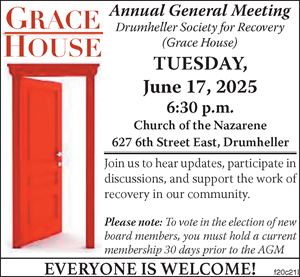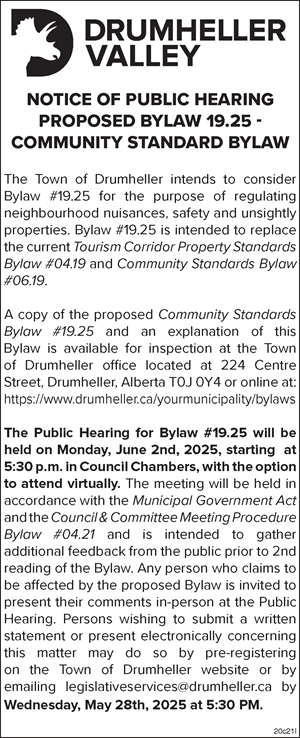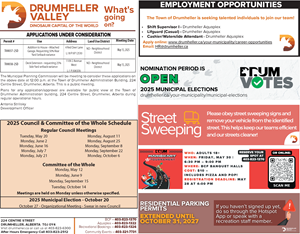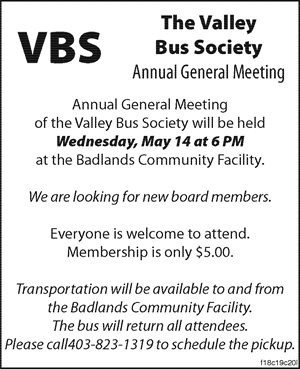
The most accessible health care professional, the one that Albertans have said they are most satisfied with, are facing cutbacks that will reduce services to patients.
Paul Ainscough, pharmacist and owner of Riverside Value Drug Mart says heath care cuts will affect Drumheller residents.
“The total reduction in health costs comes directly from the pharmacists," said Ainscough. "In 1992 when Klein had his cutbacks, the pharmacists took a big cut then, and we have never recovered from that. It is going to get to the point that rural pharmacies will not survive."
Alan Hodgins, CEO of Value Drug Mart Associates Ltd., an organization of 57 independently owned and operated community pharmacies, primarily operating in rural Alberta, believes that Phase Two of the Alberta Pharmaceutical Strategy (APS) will cause most community pharmacies to cut services to their patients.
“The APS cuts funding to community pharmacies substantially. I know the government is in a deficit situation and they need to look for savings, but this is going to cripple community pharmacies. For years, pharmacists have stepped up to the plate to fill in gaps in the public health system, especially in rural Alberta. Yes, pharmacists fill your prescriptions quickly and accurately but they also intervene when that prescription is not appropriate. You can walk up to them without an appointment and ask about your health related concerns, without a long wait. Many pharmacies deliver medications to individuals who are not well enough to make a visit to the pharmacy. They work with homecare nurses to keep people in their homes and out of hospitals. They work with physicians to optimize patients’ medication therapies. And all of these services are provided to the public without any direct compensation to the pharmacy or the pharmacist.”
Outside of revenues associated with the sale of prescriptions, community pharmacist services are not compensated through any other mechanism. Pharmacies are not allowed to put a mark-up on drugs; they obtain a dispensing fee and are able to negotiate allowances from generic manufacturers.
“I think most pharmacists would agree that the current compensation model for pharmacy services does not properly reflect the services pharmacists provide. We agree that the model needs to change. But, taking $200 million out of current revenues for community pharmacy services, cannot be replaced by future promises of $50 million for professional services,” Hodgins explains.
Hodgins suggests that unless the Government gets the identified “transition” plan right, pharmacists, pharmacies and patients will suffer. “Our pharmacists are not in any type of position to be able to do any more work for less. The cuts outlined will hurt health service delivery to individual rural Albertans. There is an opportunity to get this right, but what we’ve seen announced on Tuesday isn’t right--and the unfortunate reality is that it is patients who will suffer the most.”





















